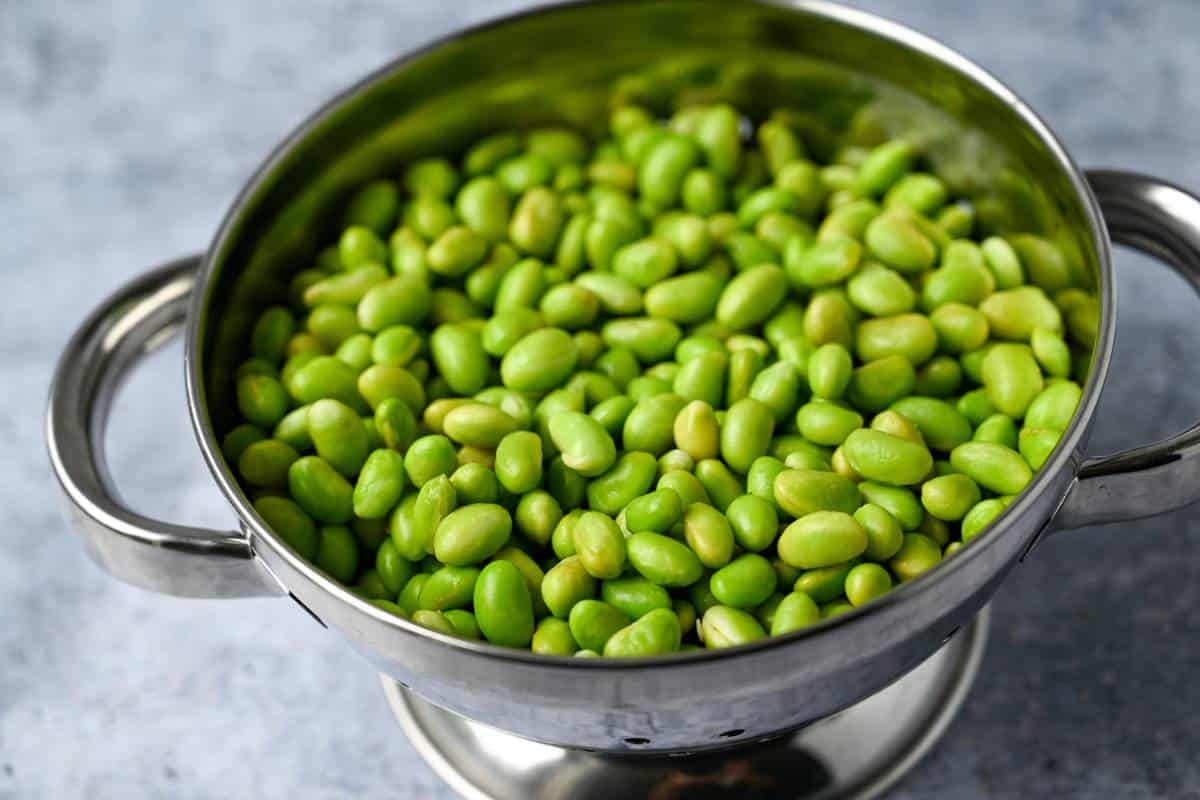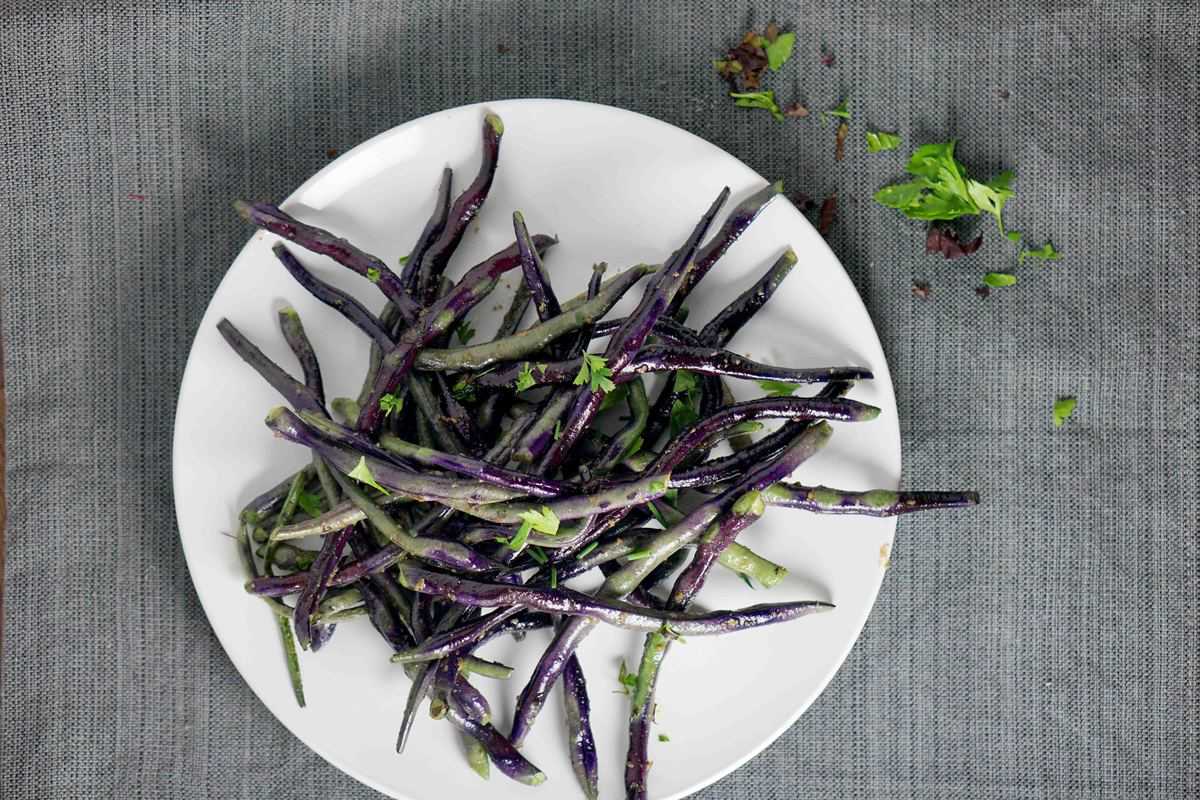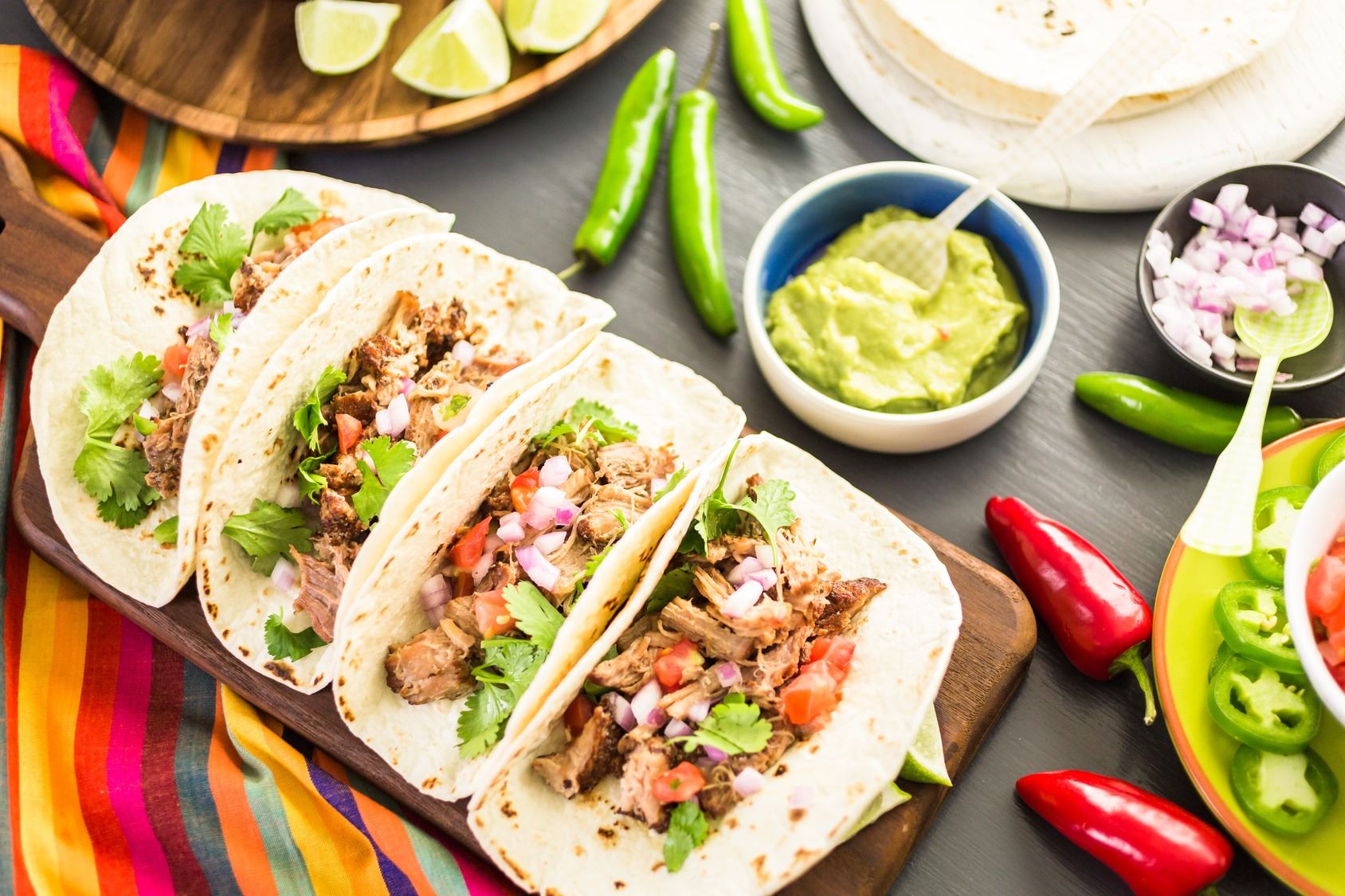Easy and Delicious Ways to Cook Green Beans for Diabetics
If you or someone you know is living with diabetes, it’s important to make mindful choices when it comes to meal planning. Green beans, packed with nutrients and fiber, can be a fantastic addition to a diabetic-friendly diet. Not only are they low in calories, but they also have a low glycemic index, making them an excellent choice for managing blood sugar levels. Let’s explore some easy and delicious ways to cook green beans that are tailored specifically for diabetics.
1. Steamed Green Beans
Steaming is a simple and healthy cooking method that helps retain the natural color and crunchiness of green beans. To cook them, follow these easy steps:
- Wash the green beans thoroughly and remove the ends.
- Place the green beans in a steamer basket over boiling water.
- Steam for about 5-7 minutes until they become tender yet crisp.
- Season with a little bit of salt, pepper, and a squeeze of fresh lemon juice.
This quick and straightforward cooking technique preserves the nutritional value of green beans while keeping them diabetes-friendly.
2. Roasted Green Beans
Roasting green beans intensifies their flavors and adds a delightful caramelized touch. Here’s how to make delicious roasted green beans:
- Preheat your oven to 425°F (220°C).
- Wash and trim the ends of the green beans.
- Spread them evenly on a baking sheet lined with parchment paper.
- Toss the green beans with a drizzle of olive oil, minced garlic, salt, and pepper.
- Roast in the oven for about 15-20 minutes, stirring once halfway through.
Roasted green beans make for a satisfying side dish that pairs well with grilled chicken or fish, creating a well-balanced and nutritious meal for diabetics.
3. Stir-Fried Green Beans
Stir-frying green beans at high heat is a fantastic way to lock in their vibrant color and maintain their crunchiness. To create a flavorful stir-fry:
- Heat a tablespoon of vegetable or sesame oil in a wok or a large skillet.
- Add the green beans and cook for about 3-5 minutes, stirring continuously.
- Include other vegetables like bell peppers, onions, or mushrooms to enhance the dish’s nutritional profile and flavor.
- Season with low-sodium soy sauce, garlic, ginger, and a dash of chili flakes.
Stir-fried green beans are a scrumptious way to add some Asian-inspired flair to your diabetic-friendly meal options.
4. Green Bean Salad
A refreshing green bean salad is perfect for lighter meals or as a side dish. Here’s a simple recipe for a diabetes-friendly green bean salad:
- Blanch the green beans in boiling water for 2-3 minutes, then transfer them to an ice bath to preserve their bright color and crispness.
- Combine the green beans with cherry tomatoes, sliced red onions, and crumbled feta cheese.
- Toss the salad with a light vinaigrette made from olive oil, apple cider vinegar, Dijon mustard, salt, and pepper.
- Garnish with fresh herbs like parsley or basil for added flavor.
This delightful green bean salad is not only diabetes-friendly but also full of vibrant colors and a medley of flavors.
Remember to consult with a healthcare professional or a registered dietitian to ensure these recipes align with your specific dietary needs as a diabetic. By incorporating green beans into your meal plan using various cooking techniques, you can enjoy their nutritional benefits while keeping your blood sugar levels in check.
Make green beans a delicious and nutritious part of your diabetic-friendly diet today!
More Delicious and Healthy Green Bean Recipes for Diabetics
For those managing diabetes, incorporating flavorful yet healthy recipes is key. The guide offers multiple options such as Green Beans Almondine, Sesame Ginger Green Beans, and Steamed Green Beans with Lemon Butter Sauce which are not only delicious but also tailored to maintain blood sugar levels. Trying out the Lemon Garlic Roasted Green Beans or Fresh Green Bean Salad with Feta and Tomatoes can introduce variety while keeping health in check. These recipes ensure a balance of taste and nutrition, making them ideal for anyone looking to enjoy green beans in a diabetic-friendly way.











